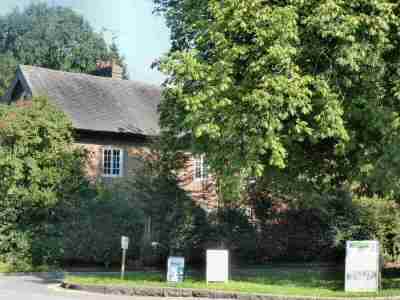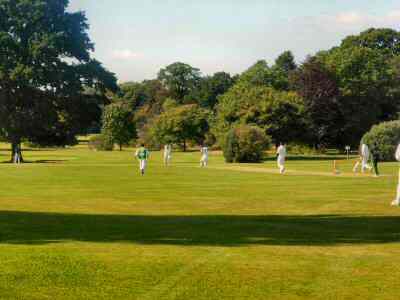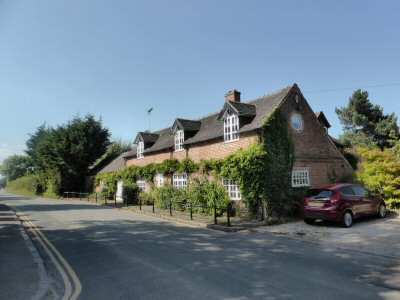MARKEATON
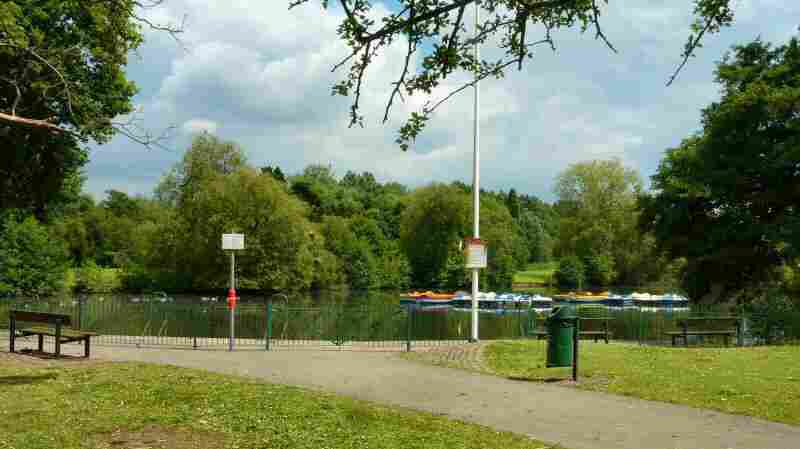
INFORMATION
Where is it? – Markeaton is off Derby Outer Ring Road (A38). Car parks can be accessed from Markeaton Island and Markeaton Lane, off Kedleston Road (SK332379).
What to do? – Visit the refurbished Craft Centre and brand new Visitor Centre. Where you can find out more about the history and restoration of Markeaton Park. Visit the famous train models railway, or go for a row on Markeaton Lake. – Enjoy a visit to the Garden Centre and its aptly named cafe, the Potting Shed.
Where to eat? – The Orangery Tea Rooms situated in the former Orangery of Markeaton Hall. It has been converted into attractive tearooms. Further enhanced by the restoration work undertaken in 2015. A range of hot and cold food and drinks are offered. When the weather permits, visitors can sit outside and relax in beautiful surroundings. – There are several public houses along Kedleston Road, including the Jonty Farmer located on the city side of the bridge over the A38.
Other places to visit – Visit Pickford’s House Museum, housed in a handsome Grade I listed building in Friar Gate. Built-in 1769 by architect, Joseph Pickford for his own occupation. It was opened as a museum in 1988 and delightfully recreates a scene of Georgian domestic life. With splendidly furnished rooms and fine costume displays. – Kedleston Hall is one of the best surviving examples anywhere of the work of Robert Adam. And is now in the hands of the National Trust. It is lavishly decorated with fine collections of paintings, furniture and sculptures. The marble hall has been described as ‘one of the most magnificent apartments of the 18th century in England. – Derby Cathedral’s interior has recently been restored and now looks glorious. Light and spacious inside, the iron screen by Robert Bakewell is an inspirational masterpiece. Across the road is the Cathedral Centre with its collection of the cathedral’s treasures.
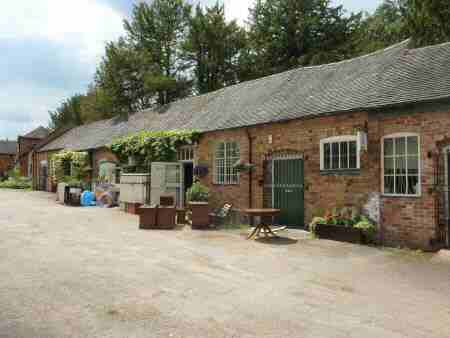
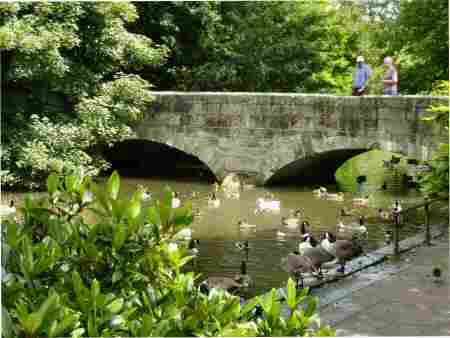
PROFILE
When Markeaton is mentioned, most people immediately think of Markeaton Park, with its numerous attractions and special events. It is probably the most popular park in the East Midlands. With an estimated one million visitors per year. The park has recently undergone a £3.5 million restoration project, which will make it even more popular. However, the history of Markeaton goes back much further than the date when the public park was created.
Markeaton Estate
Markeaton’s Estate dominated the northwest side of Derby, from 1086 to the early part of the 20th century. In the Domesday Book, Markeaton was shown to be a large village with its own church and mill. Although some historians now think the church was probably on the site of All Saints at Mackworth. The manor at that time was recorded to be in the hands of the Earl of Chester. His steward, an ancestor of the Touchet family, controlled it.
In 1516, the manor of Markeaton together with Mackworth and Allestree came into the hands of John Mundy. He was a goldsmith, who six years later became the Lord Mayor of London and was knighted in 1529. The last male member of the Mundy family to live at Markeaton was Francis Noel. He died in 1903, and on the death of his wife 26 years later, the estate passed to the Rev William Clarke-Maxwell. The hall, built in 1755, and its 16 acres of gardens were left to the Council. With the stipulation that they should be used to benefit the citizens of Derby. The council also purchased other lands from Clarke-Maxwell.
The Mundy Playing Field
Before her death, Mrs Mundy had given seven acres of land to the people of Derby. This was used by the Corporation to construct a play area and paddling pool for children. Appropriately, it was called ‘The Mundy Playing Field’. In the 21st century, it is an extremely popular venue for the young and not-so-young. Where the facilities have been considerably enhanced over the last few years.
Park Developments
The former Orangery, now a listed building, has been converted into attractive tea rooms. Where weather permitting, visitors can sit outside and admire the scenery. A craft village now occupies what were once the hall stables. It consists of several units selling a wide range of goods, where visitors can watch skilled craftsmen. The village is open throughout the year, but the times of opening of individual units vary. A new Visitor Centre provides more information about the park and recent restoration.
The Duke of Kent officially opened the park in June 1931. A lake was dug out in the 1920s to provide men with work during a time of depression. It was extended in 1933-34 and opened in July 1934. The pond that forms the source of Markeaton Lake is reputed to have been the site of the Mill Pond mentioned in the Domesday Book. Close by is a delightful walk through Aldercar Woodland. The walk is particularly attractive in the springtime when the daffodils, are in bloom.
Markeaton Village
In September 1975, what remains of Markeaton village was designated a Conservation Area. This protected the last vestiges of what was once a prosperous farming village—the small group of buildings that make up the Conservation Area date from the late 18th century. Home Farm, The Green and the Farm are all of significant architectural and historical interest. The Orangery, situated nearer to the centre of the park, is attributed to Joseph Pickford and is Grade II listed.
Home Farm, opposite The Green, is a fine example of a traditional small agricultural holding. The Mundy family built it to provide food and other supplies for the estate. On Markeaton Lane the garden centre has expanded and opened a new café aptly named the Potting Shed. On the opposite side of the road is the Old Forge.
